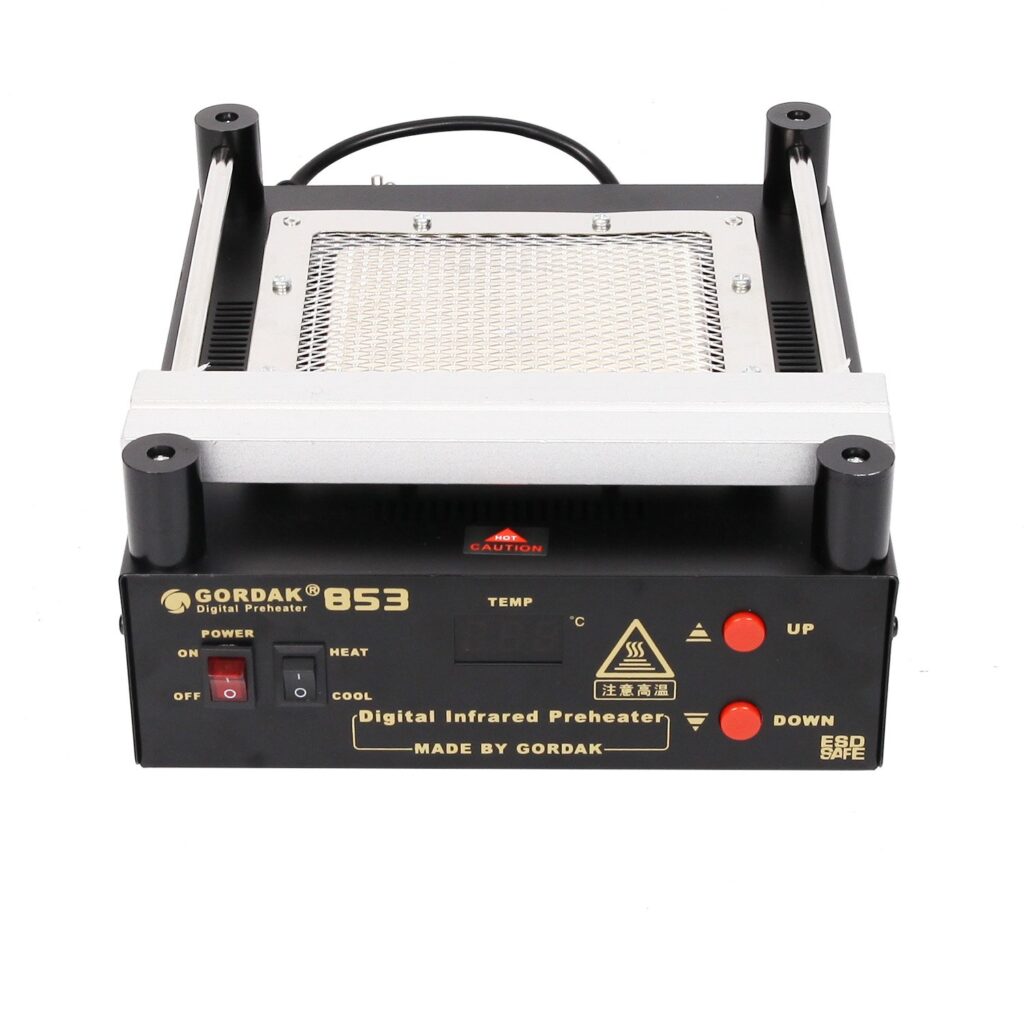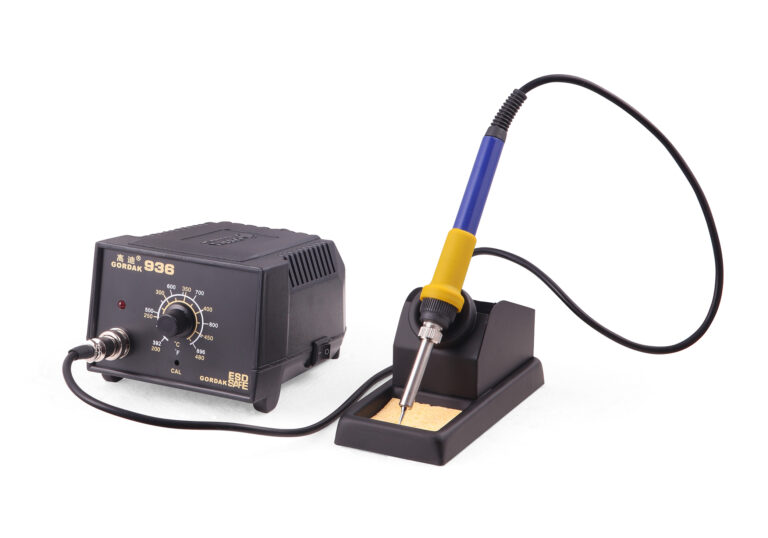The use of preheater stations has become increasingly popular in electronics repair and manufacturing, as they provide a controlled and even heat source for printed circuit boards and other components.
However, the temperature of the preheater station can have a significant impact on the outcome of the soldering and desoldering process.
In this blog post, we will explore the impact of preheater station temperature on soldering and desoldering outcomes and discuss optimal temperature ranges.

The Basics of Preheater Station Temperature
When it comes to preheater stations in electronics repair and manufacturing, one of the most critical factors to consider is temperature.
In simple terms, preheater station temperature refers to the amount of heat being applied to the printed circuit board (PCB) or electronic component.
The temperature of the preheater station can have a significant impact on the soldering and desoldering process, affecting everything from the wetting ability of the solder to the flow rate and the formation of intermetallic compounds.
In general, the preheater station temperature should be set to an optimal range that balances the need for even heating with the need to avoid overheating and damaging sensitive components.
Depending on the type of preheater station being used, this optimal temperature range may vary. However, as a general guideline, most preheater stations operate in the range of 100°C to 200°C (212°F to 392°F).
The Impact of Preheater Station Temperature on Soldering Outcomes
Preheater station temperature plays a critical role in the quality and consistency of soldering outcomes in electronics repair and manufacturing.
The temperature of the preheater station affects the wetting ability of the solder, the flow rate, and the formation of intermetallic compounds, all of which impact the quality of the solder joint.
If the preheater station temperature is too low, the solder may not flow evenly or may not form a strong bond with the components. Conversely, if the preheater station temperature is too high, the components may become overheated, causing damage or failure.
Achieving the optimal temperature range for the preheater station is crucial for ensuring reliable and consistent soldering outcomes. Inconsistent or incorrect temperature control can lead to poor-quality solder joints, which can result in component failure and costly rework.
The Impact of Preheater Station Temperature on Desoldering Outcomes
The temperature of the preheater station is also critical for achieving successful desoldering outcomes in electronics repair and manufacturing.
The preheater station temperature affects the flow rate of the solder, making it easier or harder to remove the component from the PCB.
If the preheater station temperature is too low, the solder may not flow easily, making it more difficult to remove the component without causing damage to the PCB or the component itself.
On the other hand, if the preheater station temperature is too high, the component may become overheated, leading to damage or failure. Achieving the optimal temperature range for the preheater station is critical for successful desoldering outcomes.
Without proper temperature control, technicians risk damaging the PCB or components, which can lead to costly rework or component replacement.

Purchase high quality Preheater Station from Us
Are you tired of inconsistent and unreliable preheater station performance in your electronics repair and manufacturing operations? Look no further!
Our preheater stations are engineered with the latest temperature control technology, ensuring optimal preheater station temperature for high-quality soldering and desoldering outcomes.
Don’t settle for subpar preheater station performance, upgrade to our high-quality stations today and experience the difference for yourself. Kindly click here to place an order.



